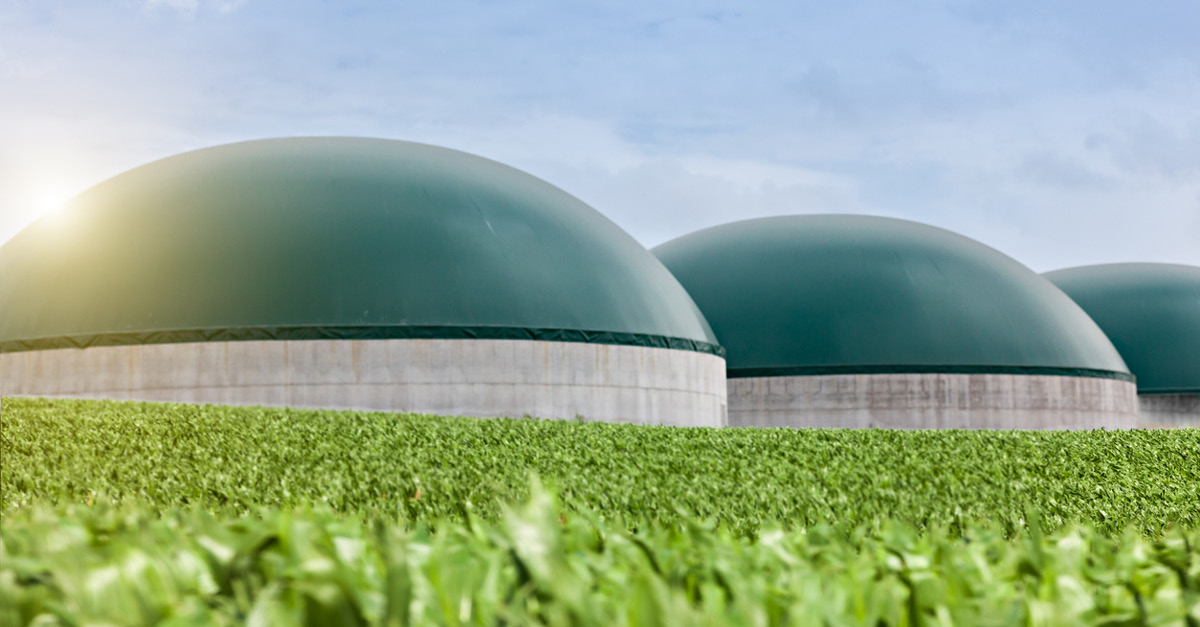New technologies driving decarbonisation: Collaboration and stewardship are vital

New technologies that accelerate the journey towards net zero in transport infrastructure are vital. Transport accounts for over a fifth of global carbon emissions from end-use sectors.
Decarbonising transportation assets within global infrastructure portfolios requires an understanding of current and emerging technologies, and their trade-offs. Most of all, decarbonisation requires cross-sector collaboration.
In airports, the adoption and deployment of sustainable aviation fuel (SAF) is the primary lever available to decarbonise the global aviation sector by 2050.
In toll roads, carbon emissions can be reduced by electric vehicle (EVs) penetration and the transition to autonomous vehicles (AVs) over time. This relies on new tolling systems and road-electrification technologies that will make journeys as seamless and safe as they are today, if not more, to encourage fleet transition.
In seaports, shoreside renewable energy can be provided to cargo ships, bulk containers and cruise liners while they are berthed (through a process of ‘cold-ironing’), which reduces ports’ carbon emissions and air pollution. With shipping companies exploring the potential of hydrogen, liquified natural gas (LNG) and green methanol powered fleets, it will also be important for ports to consider the technologies required for use of these alternate, low emission fuels.
Adoption of these and other emerging technologies in transport infrastructure is a critical step in the transition to 2050, but they can be complex, costly and introduce technology risk.
Meet the authors
Related articles

Economic Update June 2025

IFM’s Australian operation secures Family Inclusive Workplace certification







